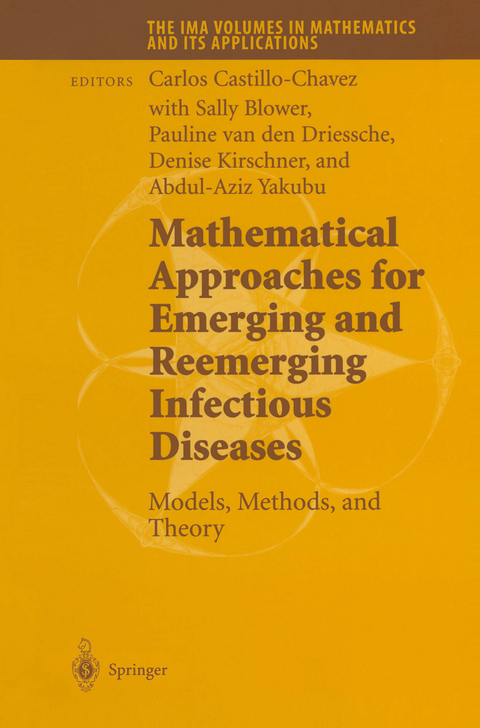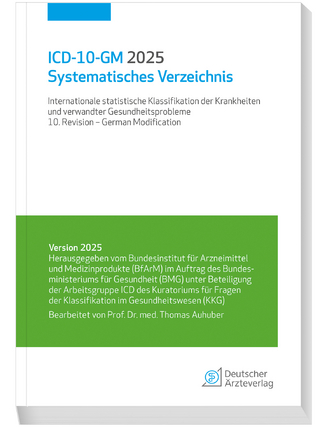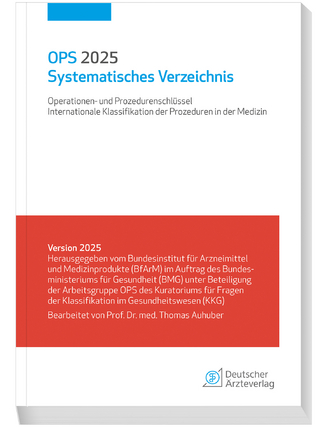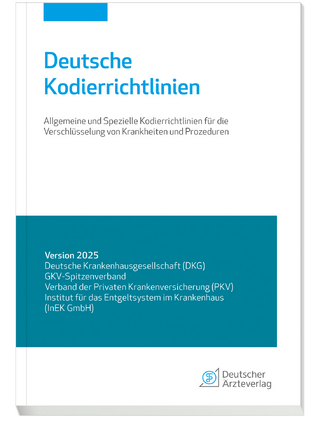
Mathematical Approaches for Emerging and Reemerging Infectious Diseases: Models, Methods, and Theory
Springer-Verlag New York Inc.
978-1-4612-6550-4 (ISBN)
New directions in the mathematics of infectious disease.- Fred Brauer: The man and his mathematics.- Kenneth L. Cooke: Researcher, educator par excellence.- Maximal prevalence and the basic reproduction number in simple epidemics.- The transition through stages with arbitrary length distributions, and applications in epidemics.- Measles outbreaks are not chaotic.- Epidemics among a population of households.- Infection transmission dynamics and vaccination program effectiveness as a function of vaccine effects in individuals.- The influence of different forms of cross-protective immunity on the population dynamics of antigenically diverse pathogens.- Dynamics of multiple strains of infectious agents coupled by cross-immunity: A comparison of models.- Virulence evolution in macro-parasites.- Mathematical models for schistosomiasis with delays and multiple definitive hosts.- Infectious disease models with chronological age structure and epidemiological age structure.- Effects of genetic heterogeneity on HIV transmission in homosexual populations.- Age-structured core group model and its impact on STD dynamics.- Global dynamics of tuberculosis models with density dependent demography.- Global stability in some SEIR epidemic models.- The global stability analysis for an SIS model with age and infection age structures.- Endemic threshold and stability in an evolutionary epidemic model.- Epilogue.- List of tutorial/workshop participants.- IMA volume 125 contents: Mathematical approaches for emerging and reemerging infectious diseases: an introduction.
| Reihe/Serie | The IMA Volumes in Mathematics and its Applications ; 126 |
|---|---|
| Zusatzinfo | X, 377 p. |
| Verlagsort | New York, NY |
| Sprache | englisch |
| Maße | 155 x 235 mm |
| Themenwelt | Informatik ► Weitere Themen ► Bioinformatik |
| Mathematik / Informatik ► Mathematik ► Algebra | |
| Mathematik / Informatik ► Mathematik ► Angewandte Mathematik | |
| Studium ► 2. Studienabschnitt (Klinik) ► Rechtsmedizin | |
| Studium ► Querschnittsbereiche ► Epidemiologie / Med. Biometrie | |
| Naturwissenschaften ► Biologie | |
| ISBN-10 | 1-4612-6550-9 / 1461265509 |
| ISBN-13 | 978-1-4612-6550-4 / 9781461265504 |
| Zustand | Neuware |
| Informationen gemäß Produktsicherheitsverordnung (GPSR) | |
| Haben Sie eine Frage zum Produkt? |
aus dem Bereich


